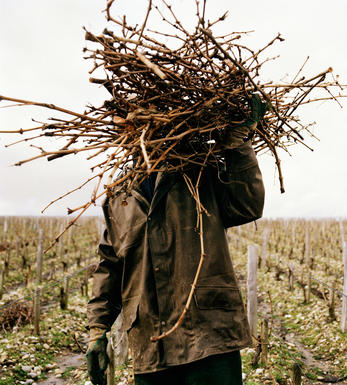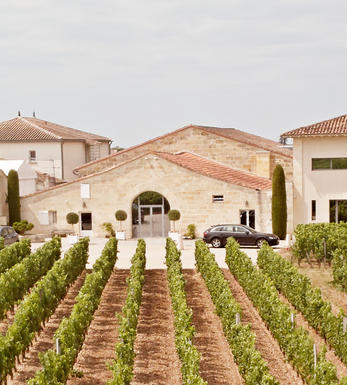
2005 Château La Violette, Pomerol, Bordeaux

About this WINE

Chateau Violette
La Violette is the true jewel in the Péré-Vergé Pomerol crown! The Bordeux wine made its debut for Catherine Péré-Vergé 2006. The small vineyard is located on the top of the Pomerol plateau. The old vine merlot planted in the vineyard is close to 50 years old. In fact, many of the vines are even older. The vineyard is not far from Chateau Le Pin and Chateau Trotanoy.
La Violette is one of the most exciting wines made in Pomerol today. Popular several decades ago, the property was behind other Pomerol wines s in quality, prior to 2006. By the time 2008 finished Malolactic fermentation, it was obvious this was an off the charts wine! It’s filled with countless layers of dense, rich, opulent dark berry, floral and chocolate tones. The palate enjoys a bath of pure velvet and satin. One of the key characteristics of this Bordeaux wine is the haunting smell of violets. Good luck finding any. On average they only produce about 400 cases. In 2008, they made closer to 250!
Jean-Christophe Meyrou manages the property as well as Chateau Le Gay. He is also in charge of Chateau Montviel and the Pere-Verge estate in Argentina.

Pomerol
Pomerol is the smallest of Bordeaux's major appellations, with about 150 producers and approximately 740 hectares of vineyards. It is home to many bijou domaines, many of which produce little more than 1,000 cases per annum.
Both the topography and architecture of the region is unremarkable, but the style of the wines is most individual. The finest vineyards are planted on a seam of rich clay which extends across the gently-elevated plateau of Pomerol, which runs from the north-eastern boundary of St Emilion. On the sides of the plateau, the soil becomes sandier and the wines lighter.
There is one satellite region to the immediate north, Lalande-de-Pomerol whose wines are stylistically very similar, if sometimes lacking the finesse of its neighbour. There has never been a classification of Pomerol wines.
Recommended Châteaux : Ch. Pétrus, Vieux Ch. Certan, Le Pin, Ch. L’Eglise-Clinet, Ch. La Conseillante, Ch. L’Evangile, Ch. Lafleur, Trotanoy, Ch. Nenin, Ch. Beauregard, Ch. Feytit-Clinet, Le Gay.

Cabernet Sauvignon Blend
Cabernet Sauvignon lends itself particularly well in blends with Merlot. This is actually the archetypal Bordeaux blend, though in different proportions in the sub-regions and sometimes topped up with Cabernet Franc, Malbec, and Petit Verdot.
In the Médoc and Graves the percentage of Cabernet Sauvignon in the blend can range from 95% (Mouton-Rothschild) to as low as 40%. It is particularly suited to the dry, warm, free- draining, gravel-rich soils and is responsible for the redolent cassis characteristics as well as the depth of colour, tannic structure and pronounced acidity of Médoc wines. However 100% Cabernet Sauvignon wines can be slightly hollow-tasting in the middle palate and Merlot with its generous, fleshy fruit flavours acts as a perfect foil by filling in this cavity.
In St-Emilion and Pomerol, the blends are Merlot dominated as Cabernet Sauvignon can struggle to ripen there - when it is included, it adds structure and body to the wine. Sassicaia is the most famous Bordeaux blend in Italy and has spawned many imitations, whereby the blend is now firmly established in the New World and particularly in California and Australia.


Buying options
Add to wishlist
wine at a glance
Delivery and quality guarantee